Starts the courtship in the herd of dholes in Terra Natura Benidorm
hace 8 yearsThe low temperatures this winter have delayed the heat between dholes, which normally happens in November. As soon as the cold wave has finished, the mating and the copulations will last about a month.
The curious thing about this is that there is only one pair that reproduces in the herd, so during this week the battles between the males and females have begun to establish which is the strongest pair.
Till now, the dominant couple was one of the eldest, 13-year-old Thamir and 14-year-old Lea, but these ages are already considered advanced, so now it seems that there is another younger couple that can be the lucky one. Terra Natura zookeepers has witnessed during these days as Lenon and Baruk fight to be the strongest male. Finally, it seems that Lenon has managed to unseat Baruk and now is approaching Nina, that also has managed to become the dominant female of the herd.
This behavior of the dholes in Terra Natura is the same in animals in nature because the natural instinct survives in the species, this way guarantees the strength of the young ones and with it, the survival of the herd. A curiosity of these animals is that they are monogamous, so the pair will remain faithful all their life.
During these days, the zookeepers of Terra Natura are very attentive that the new pair don´t produce too much damage to the other ones.
Once the leading pair is established, the copulation will start and two months later their babies will be born. They will build a lair, usually excavated on the ground by themselves. Normally they have litters of 2 and 6 puppies, although they can have more than ten.
The two members take turns to care the young ones, and when they are 2 months old they start to leave the lair and the other members of the herd will also care and feed them.
Dholes are a species in a critical state of conservation, in fact at this moment it is estimated that there are only 2,500 specimens in the natural state. The species is part of the European breeding program in captivity, which ensures that a number of individuals are kept in captivity to conserve their genes and favor the recovery of this species in the natural state.

